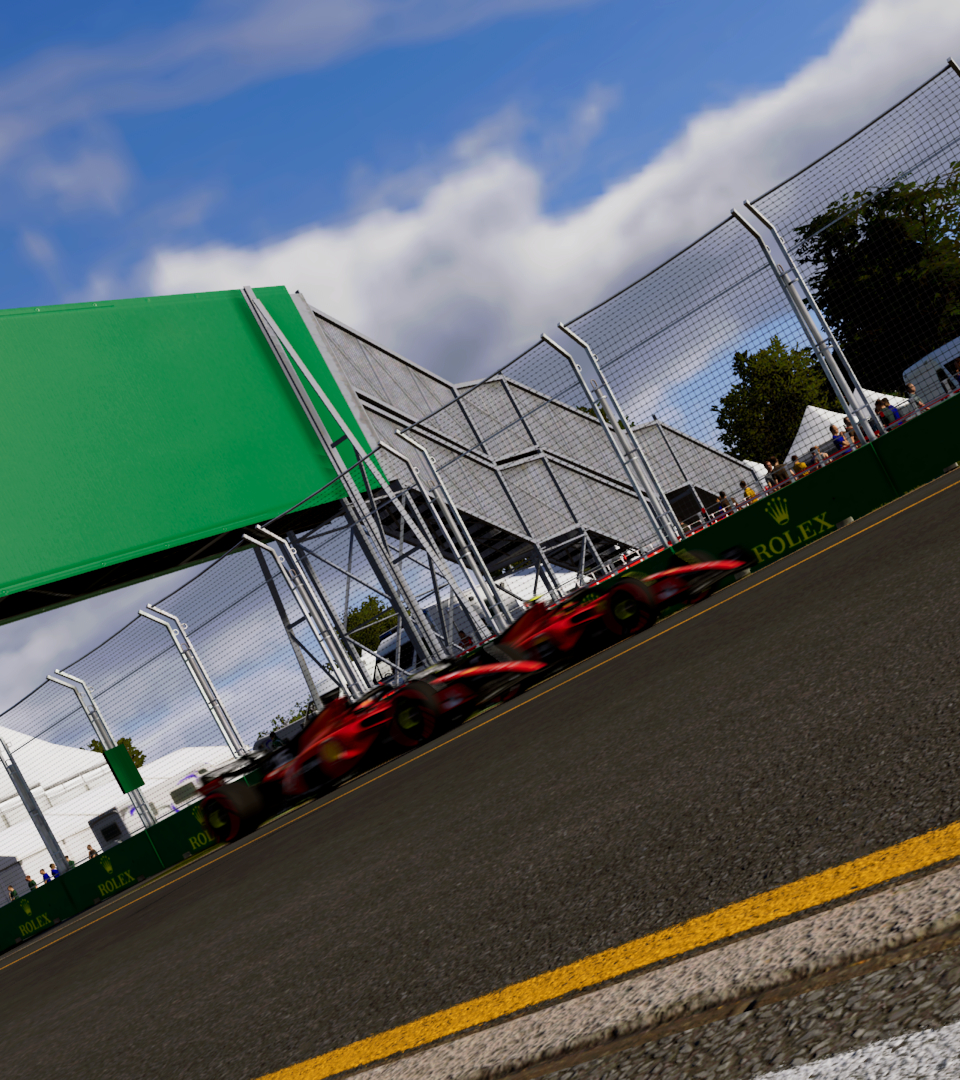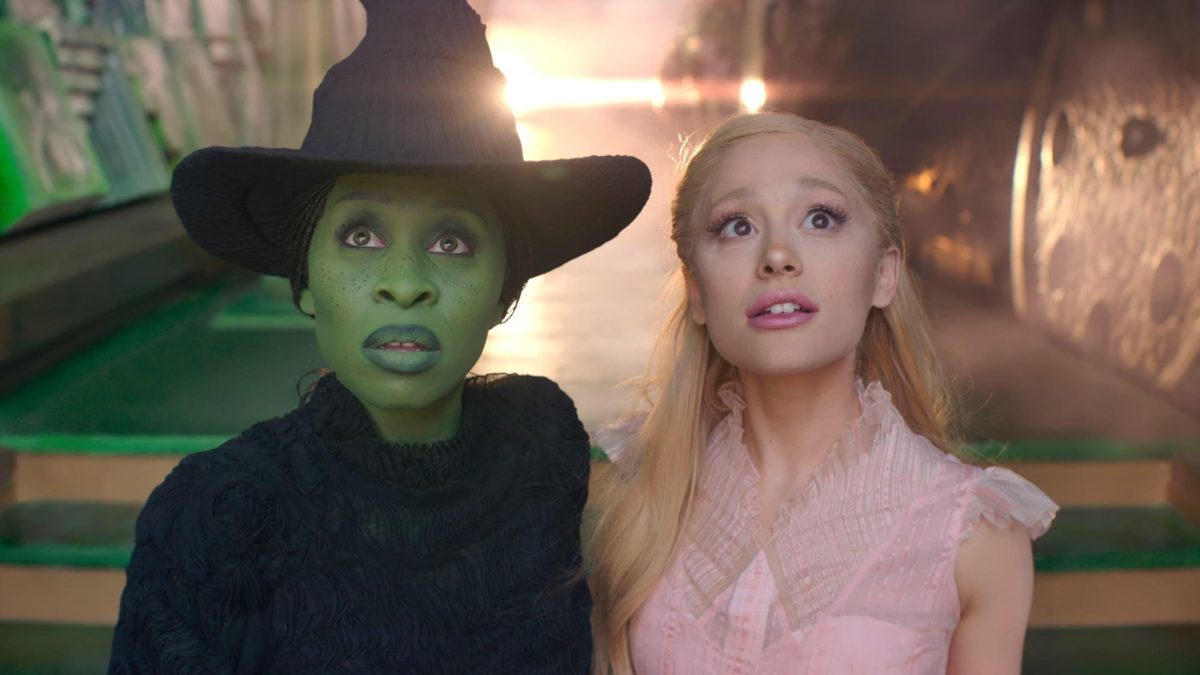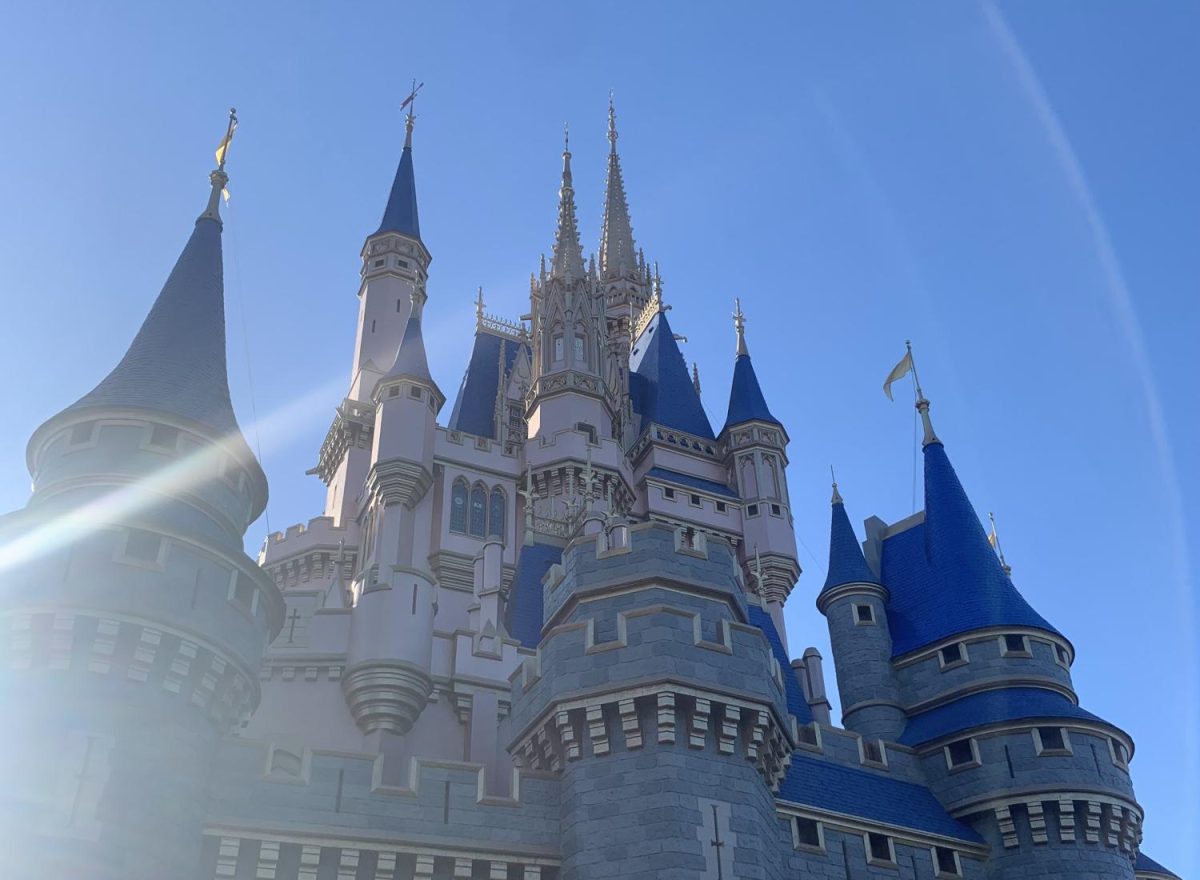If you’re looking for a binge-worthy show that’s likely to hold appeal to both racing fans and those who generally yawn at sports, check out Netflix’s docuseries “Formula 1: Drive to Survive.” This series, which first aired in 2019, is a deep dive into Formula 1, giving you a good look at the drivers and team bosses who inhabit the world of racing. Now in its sixth season, this is one show that doesn’t let up on the gas.
Episode 1 does a good job of showcasing the drivers in the off-season, presenting a rapid fire of familiar faces to Formula 1 fans, including drivers Lando Norris, Lance Stroll, Pierre Gasly, Esteban Ocon, Max Verstappen, George Russell, and Alex Albon, as well as team bosses Gunter Steiner, Zak Brown, Lawrence Stroll, and Toto Wolff. We also see their pre-season prep, such as testing and pre-season photos. As a major racing fan (see my review of “NASCAR: Full Speed”), I really enjoy seeing the drivers interacting, joking, playing pickleball, and generally being human.
They focus on the first race of the season in Bahrain where everyone is talking about Aston Martin, then move on to the main event: the Bahrain Grand Prix. Throughout the race, we follow Aston Martin and Mercedes as they fight for points towards the drivers’ and constructors’ championships.
Episode 2 gives us a look into contract-less Daniel Ricciardo, who survives getting removed from McLaren, then signs on as Red Bull’s third driver, a marketing role with limited access to the cars. We are also introduced to rookie Nyck De Vries, a driver for AlphaTauri, which is Red Bull’s sister team. As a Formula E (the highest level of electric formula car racing) champion, and a Formula 2 (the equivalent to AAA baseball) champion, De Vries has proven time and time again that he has what it takes to race in Formula 1. This episode gives you the perspective of a driver who genuinely belongs in the sport and is feeling the pressure of having to succeed to continue his dream. Even though you may know what happens, it’s really tense seeing behind the scenes as the pieces fall into place.
Next, we move onto the second race of the year in Saudi Arabia. Once again we see the race, but we also get a look behind the scenes during some of the weekend, thanks to Ricciardo who we see adjusting to his urge to get back on the track. A montage of the races at Melbourne, Australia, and Azerbaijan highlights De Vries’ struggles.
Episode 3 focuses on one of the oldest and most iconic teams: McLaren. It goes through the struggles of the team in recent years, especially during the 2022 season. After what appeared to be a bounce-back season in 2021 after some underperforming seasons, McLaren has slipped back to being one of the lower ranking teams. We are introduced to Lando Norris, the star and longest-tenured driver for McLaren, and Oscar Piastri, a 2023 rookie. The action is constant, flashing back to past races and noting McLaren’s struggles at them, then flashing forward to the British Grand Prix, where things turn around for McLaren.
Episode 4 gives us a look at two teams which typically struggle in F1: Haas and Williams. We meet the bosses and their teams, then flashback to familiar races at Jeddah and Melborne to get a different perspective. There’s even a tease of what is to come in a flash forward to one of the last races of the season at Mexico City.
Episode 5 marks the halfway point in the season. This episode goes in depth about Alpine, which got itself a rebrand in 2021 from Renault, and Alpine’s drivers, Pierre Gasly and Esteban Ocon. We then take a look back at the Australian Grand Prix, where both Alpines experience a fateful crash fueled by rivalry between the two French drivers. (Many fans jokingly called the crash the “first shots of the French Civil War.”) Meanwhile, at Monaco we see Gasly and Ocon fighting for a spot in the top three.
Episode 6 focuses on one of the most dominant teams of the past 20 years in Formula 1: Mercedes. We meet drivers George Russell and Lewis Hamilton. Once again, we visit the principality of Monaco, this time focusing on Hamilton, as he struggles to get a podium. Mercedes is experiencing a decline in performance, with Hamilton losing out on the championship to Max Verstappen. Tension is hgh as Hamilton struggles with making a crucial decision in his career: stay with a struggling Mercedes, where he’s won seven drivers championships, or move to a different team.
Episode 7 once again focuses on the BWT Alpine F1 team which has secured an investment from actor Ryan Reynolds. First, however, we travel to the British Grand Prix, where Alpine suffers from both cars not finishing from both drivers, and the Hungarian Grand Prix in Budapest, where both Alpines collide. The episode ends with a focus on Alpine’s changing leadership, leading one to wonder what the result of this new leadership will be.
Episode 8 focuses on the most iconic Formula 1 team of all time: Ferrari. Ferrari drivers Charles Leclerc and Carlos Sainz struggle at the iconic Italian Grand Prix in Monza. It’s the one race Ferrari wants to win every year, yet they have not won since 2019, which leads to the suspense. After a dramatic race, the episode moves on to the Singapore Grand Prix at Marina Bay, where we see Ferrari, McLaren, and Mercedes locked in a battle for the top spots.
The penultimate episode, Episode 9, gets us back to Ricciardo, who is now a driver for AlphaTauri. However, Ricciardo is unfortunately injured after a wreck. This allows Liam Lawson to take over for the races at Zandvoort, Marina Bay, and Suzuka, Japan. In the three races shown of the five Lawson ran, he put on some fantastic performances. The episode ends by showing Ricciardo’s comeback after his injury.
The last episode of the season, Episode 10 sees the final races of the season at Las Vegas and Yas Marina in Abu Dhabi, UAE. The weekend doesn’t get off to a good start, as one team quickly incurs a penalty. The final race at Abu Dhabi is where everything will be decided, which puts particular pressure on Ferrari and Mercedes. As the race gets underway, we see the race focus on the drivers throughout the season that “Drive to Survive” has focused on. We see the pressure ramp up as the season winds to a close with an emphasis on Ferrari and Mercedes’ battle for the top spot.
Overall, “Drive to Survive” does a few things very well. I really enjoyed the racing segments and found that having an ear on the team radio really enhanced the feeling that this is a team sport. The onboard shots also give a good idea as to the physical aspect of the sport and the truly insane speeds at which the drivers fly around the track.
However, I do not like the manufactured drama in the way the show is cut which frequently makes things seem more dramatic than they actually are. One example is Magnussen’s crash in Mexico where it is cut to seem like Magnussen didn’t respond for a while after wrecking. It’s bad enough that F1 fans have created a meme about “Drive to Survive” and its manufactured drama.
Another thing that I do not like is the constant back and forth between races. If you cover a race like Monaco, cover everything about it, but don’t keep jumping between different races in different countries, which makes the storyline feel disjointed and repetitive. The only spinning I want to see is a car on the track, not in my head.
Overall, I really enjoyed this season because it humanizes athletes. We generally only see them on the court, field, or track, so being able to get this look makes them seem like real people rather than just figureheads. I give “Drive to Survive” an 8/10.







